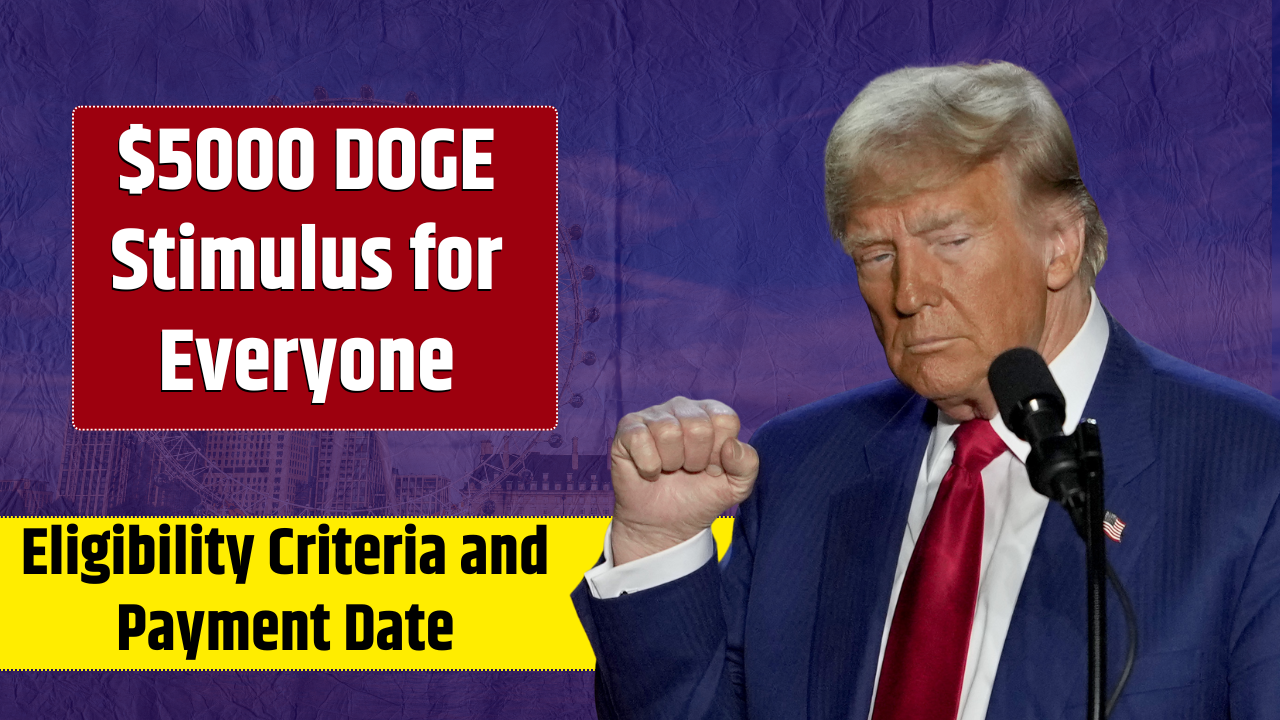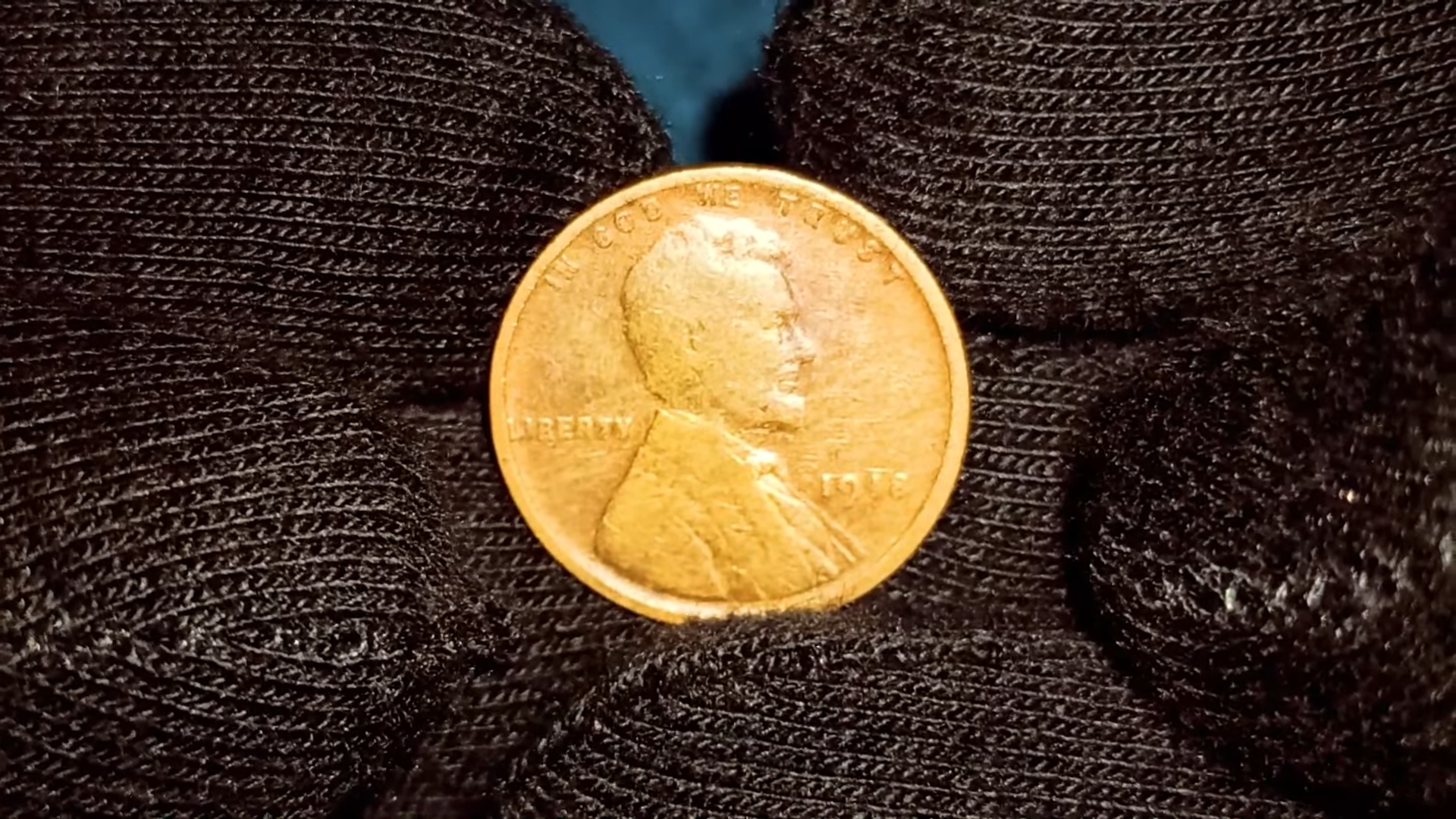The proposed DOGE Stimulus Check is stirring up excitement across political and economic landscapes as conversations about government reform and economic recovery gain momentum. Backed by prominent figures like former President Donald Trump and entrepreneur Elon Musk, this bold initiative could deliver a $5,000 payment directly to qualifying American taxpayers. But what exactly is this proposal, and how might it impact your finances? Here’s a breakdown of everything we know so far.
What Is the DOGE Stimulus Check?
The DOGE Stimulus Check is a proposed one-time payment of $5,000 to eligible U.S. taxpayers. Introduced by the Department of Government Efficiency (DOGE), the plan aims to redistribute savings generated by reducing government waste and improving efficiency. The initiative intends to return at least 20% of these savings directly to taxpayers, another 20% toward reducing the national debt, and the remainder toward further streamlining government operations.
With a $2 trillion budget proposal, the DOGE program envisions rewarding Americans who contribute more to the tax system than they receive in federal assistance, emphasizing a performance-based reward system.
Who Would Be Eligible?
Eligibility for the DOGE Stimulus Check would center on taxpayers who have consistently paid more in federal taxes than they’ve received in benefits. This design prioritizes individuals actively contributing to the economy without drawing significant government aid.
Proposed criteria include:
- Filed tax returns in the past two years
- Income thresholds ensuring they’re net contributors
- No outstanding federal debt or tax delinquencies
Unlike universal stimulus checks, the DOGE model focuses on rewarding fiscal responsibility rather than broad-based financial relief.
How Would Payments Be Distributed?
Similar to previous pandemic-era relief, the DOGE Stimulus Check would use existing IRS systems for payment distribution. Taxpayers could expect direct deposits into their bank accounts or a mailed check, depending on their most recent filing preferences.
While a formal infrastructure hasn’t been announced, the Department of Government Efficiency would likely work closely with the IRS to streamline processing, minimizing administrative delays.
How Would It Be Funded?
The proposed $2 trillion budget would be financed through savings from government efficiency improvements. By cutting redundant bureaucratic processes and lowering administrative costs, DOGE aims to generate surplus funds without raising taxes or increasing the deficit directly.
Here’s a quick breakdown of the proposed allocation:
| Allocation Category | Percentage of Savings |
|---|---|
| Direct Payments to Taxpayers | 20% |
| National Debt Reduction | 20% |
| Government Efficiency Investments | 60% |
Supporters argue this model reinvests in both the public and government infrastructure while reducing long-term debt.
What Are the Potential Economic Impacts?
Not everyone agrees with the plan’s promise. Critics warn that injecting $2 trillion—even partially returned to taxpayers—could fuel inflation or drive up interest rates. Some economists question whether efficiency savings on this scale are feasible without sacrificing essential services.
Supporters counter that returning surplus funds directly to taxpayers boosts economic growth, increases transparency, and rewards fiscal responsibility. They argue it aligns with broader reform goals aimed at reducing waste and improving trust in government spending.
When Could It Roll Out?
The earliest possible launch for the DOGE Stimulus Check is July 2026, pending legislative approval. The proposal must pass through Congress, survive economic reviews, and navigate political negotiations—delays are expected.
Currently, no official approval date has been set, and legislative progress remains in early stages.
The DOGE Stimulus Check represents an ambitious attempt to reimagine government savings and taxpayer rewards. While it promises direct financial benefits to contributing Americans, its future remains tied to political will, economic realities, and the challenge of delivering on efficiency promises at scale.
FAQs
How much is the DOGE Stimulus Check?
It’s a proposed $5,000 one-time payment per eligible taxpayer.
Who qualifies for the DOGE Stimulus Check?
Taxpayers who filed returns in the last two years and meet income and benefit criteria emphasizing net contributions.
When will it be available?
The tentative rollout is July 2026, but approval is still pending.
Will it be issued to businesses?
No, it’s intended solely for individual taxpayers.
Who’s behind the proposal?
The Department of Government Efficiency (DOGE), with high-profile backing from Donald Trump and Elon Musk.










